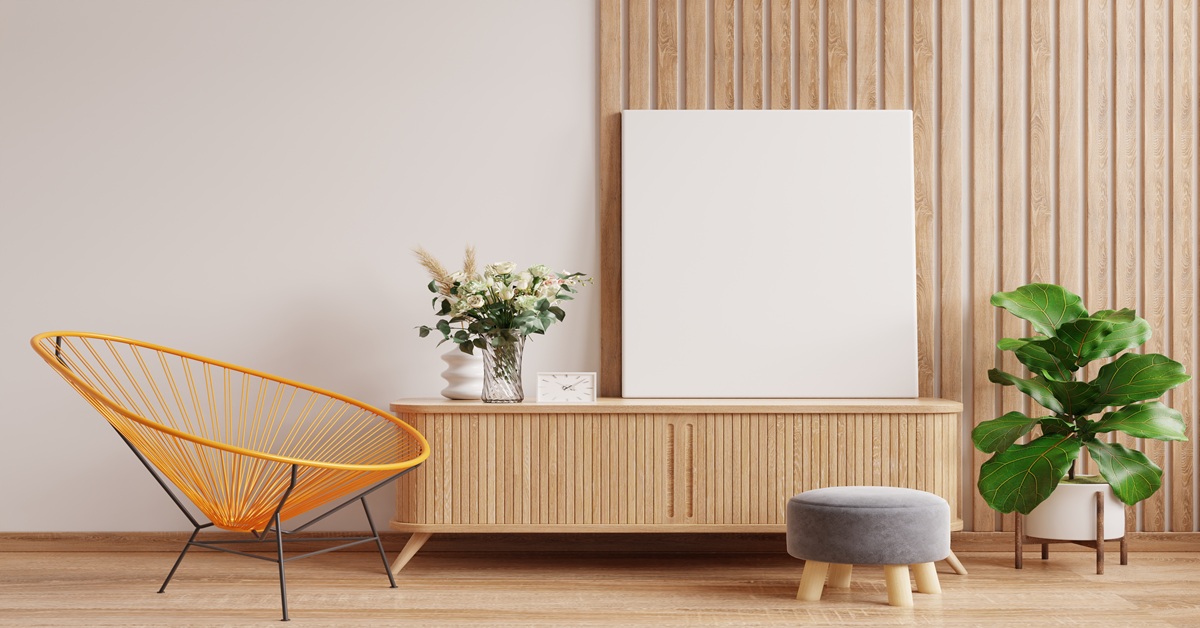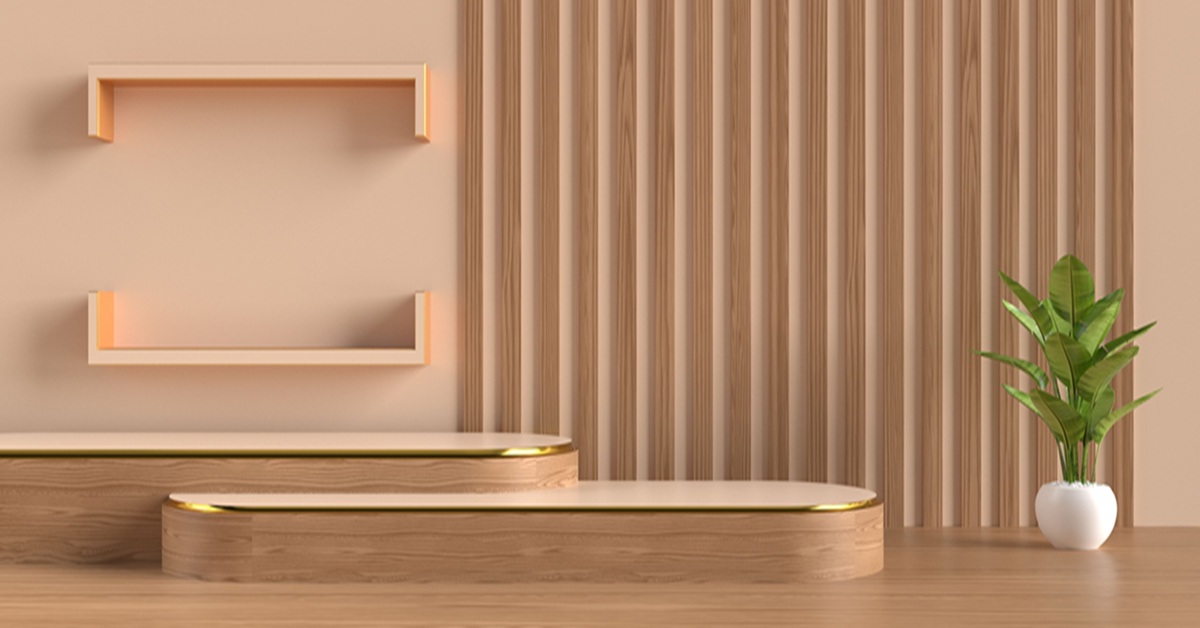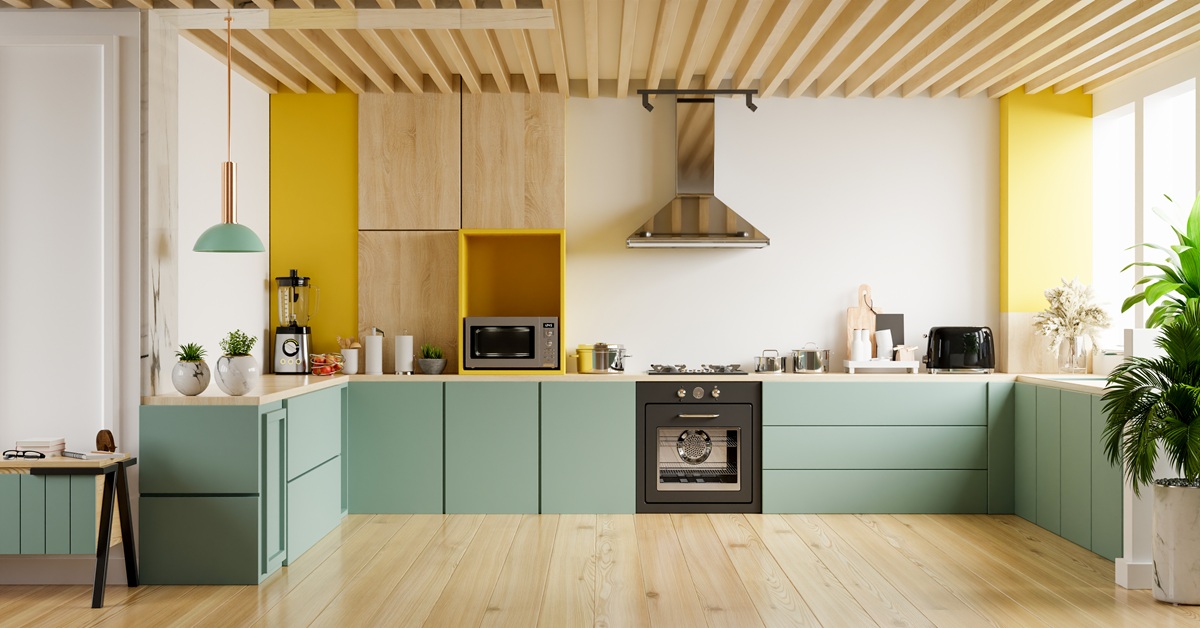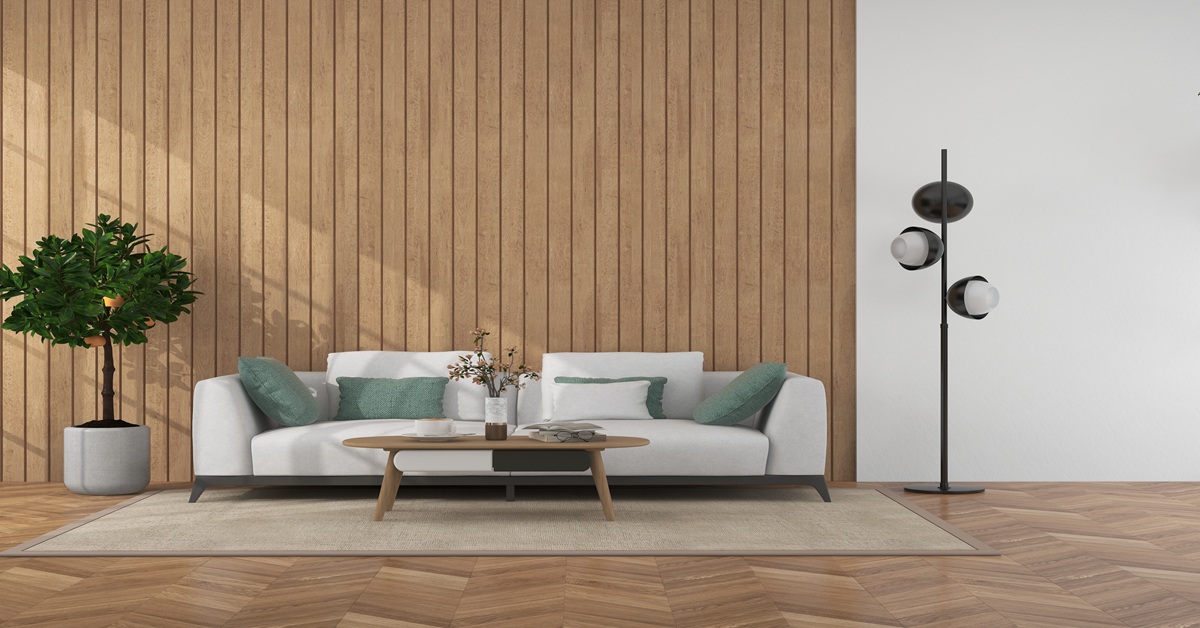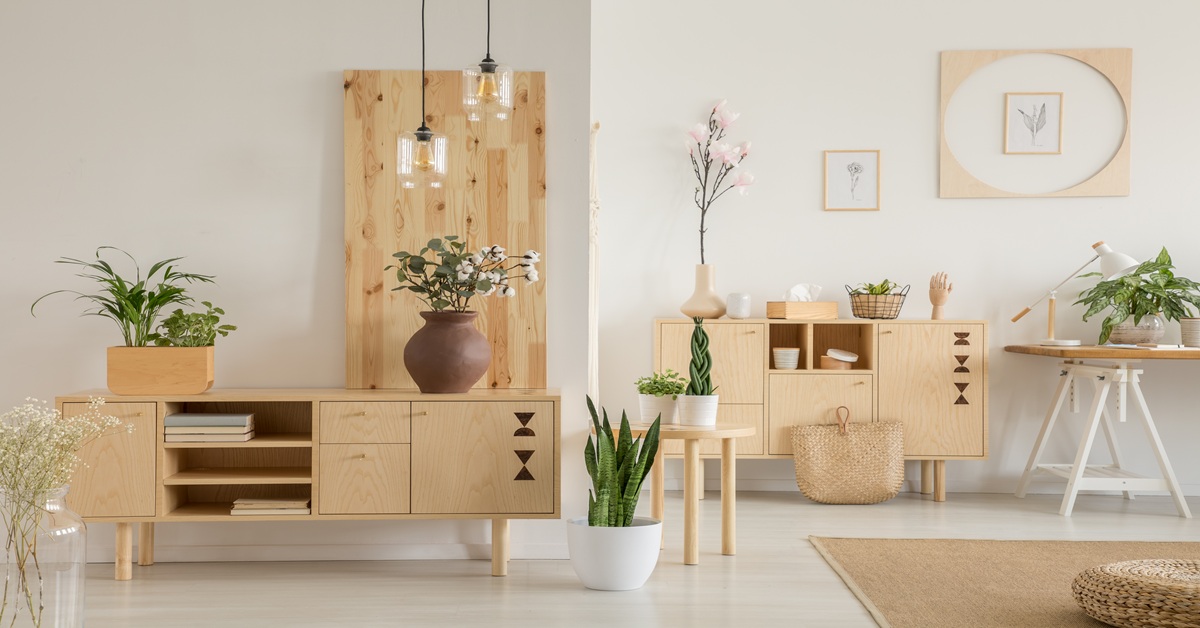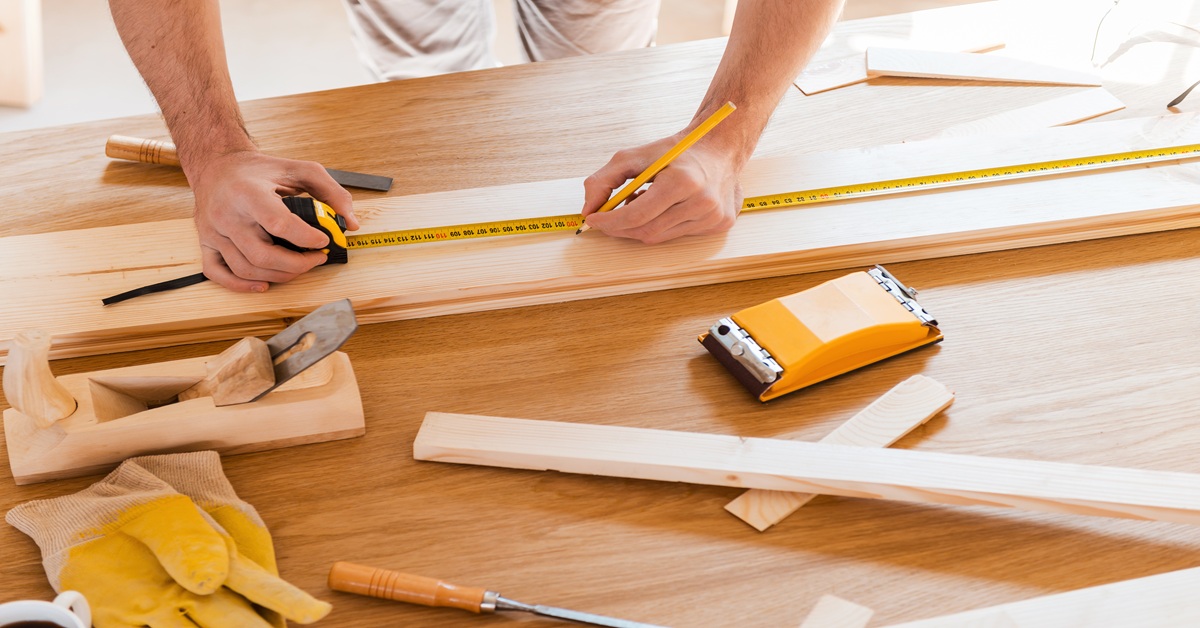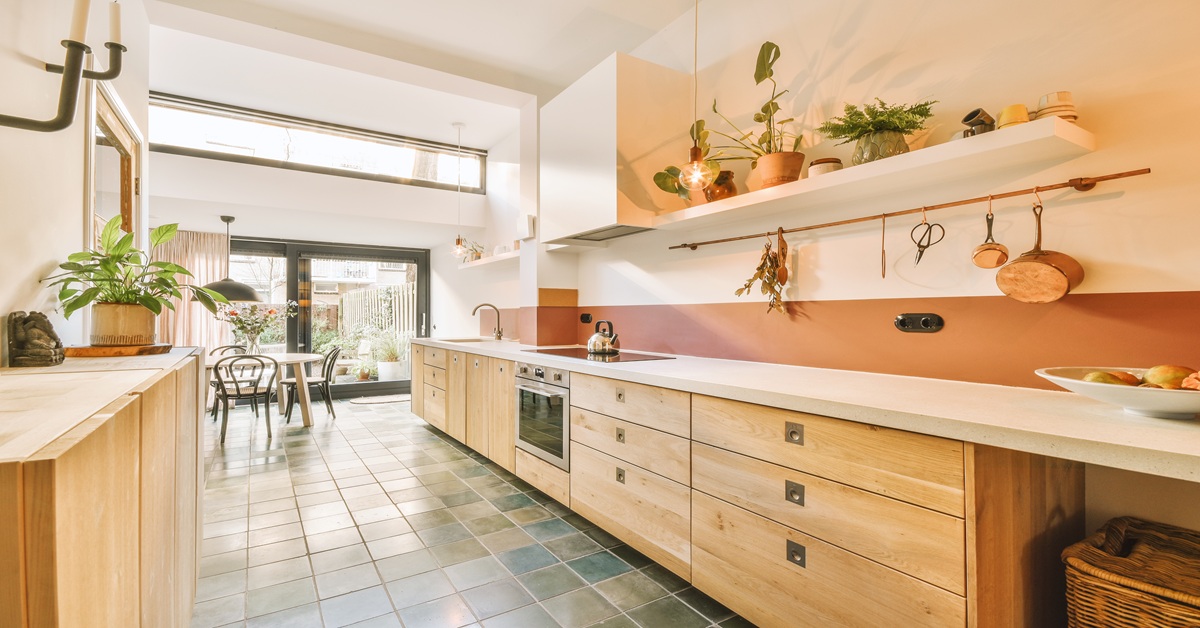Introduction
In building and interior design, plywood is one of the few materials that can be utilised in many various ways and lasts a long time. It can convert thoughts into simple construction blocks to intricate decorative pieces. Plywood is great for both huge and small DIY projects since it can be utilised in so many different ways. This blog will talk about why both pros and amateurs prefer plywood and how valuable it is for a lot of different building and design projects.
Table of Contents
Unpacking Plywood’s Diverse Applications in Modern Design
Why Plywood is the Smart Choice for Durable Flooring Systems
Plywood’s Essential Role in Functional and Stylish Furniture Making
Creative Plywood Solutions for Panelling, Cladding, and Feature Walls
Unpacking Plywood’s Diverse Applications in Modern Design
Plywood is very strong and stable because of its unique laminated structure. This is why it is so popular in modern design. Modern designers are looking into how it can be used in visible ways, which is a huge difference from how it has been used in the past for subflooring or sheathing. The smooth, flat surface is great for creating clean lines and a simple style. The exposed edges can also be considered as a design component that shows off the great way the piece is built with layers. Because it can be used in so many different ways, it may blend in with a wide range of styles
You can use plywood to build custom-built-in cabinets, stylish storage units, imaginative space dividers, and elaborate ceiling decorations. These solutions work and seem good at the same time. Designers can develop personalised solutions that fit their artistic and spatial needs well because it can be easily cut, shaped, and finished. The material’s natural strength-to-weight ratio also makes it a wonderful choice for large panels and things that hang because it is both robust and light.
Also, better ways to make plywood have led to the introduction of special types, like flexible plywood for curves and calibrated plywood for precision, which have substantially enlarged its design options. This evolution allows for the creation of complex architectural forms and sculptural furniture, expanding the possibilities of wood-based materials. Plywood is an important aspect of modern design since it is employed in so many various and innovative ways.
Why Plywood is the Smart Choice for Durable Flooring Systems
Since it makes a better base, most professionals like to utilise plywood to make durable and long-lasting flooring solutions. Cross-laminated construction, which glues wood veneers together with grains that are at right angles to each other, makes it exceptionally robust and stops it from warping, shrinking, and splitting. The subfloor stays flat and even because of its built-in stability. It means that the finished flooring layer above it won’t have any bumps or dips.
Plywood is a wonderful choice for subflooring in homes and businesses because it can support a lot of weight without cracking. It can hold a lot of foot traffic, heavy furniture, and appliances. Plywood is less prone to having weak spots because it spreads stress more evenly throughout its surface than solid wood does.
Also, some kinds of plywood, such as Boiling Water Proof (BWP) or Moisture Resistant (MR) plywood, are better at keeping water and humidity out, which is vital in locations like kitchens and bathrooms. Because of this added strength, the flooring system will endure longer and is less likely to delaminate. Plywood is the finest choice for any flooring job that needs to last for a long period because it is straightforward to put together, affordable, and lasts a long time.
Discover all the innovative uses of plywood in modern furniture now!
Plywood’s Essential Role in Functional and Stylish Furniture Making
Plywood has revolutionised the way furniture is manufactured. It went from being a plain utility material to one of the most preferred options that can be used to make things that are both highly useful and appealing to the eye. It has a consistent thickness and flat surfaces, which makes it a fantastic base for many different types of treatments, like paints, stains, laminates, and real wood veneers. This gives designers a lot of options, from a minimal, modern look to a rich, classic one, without the complications that come with solid wood.
Plywood is better for manufacturing furniture since it is stronger and lighter than wood. You can construct products that are strong as well as lightweight. This makes it easier to move furniture, yet it’s still sturdy enough for everyday use. Designers utilise plywood a lot for things like cabinet carcasses, shelving systems, desk tops, and even complicated seats. This is because it doesn’t bend and can hold fasteners securely, which makes the finished product last longer and stay stable.
The layered edge of plywood can also be used to make a unique design element. The exposed ply gives the material a unique aspect that shows off its composition and adds a touch of modern craftsmanship to any piece. Furniture producers can be quite inventive because plywood is an economical choice, comes in large sheets, and can be used in many ways. Plywood is an important aspect in making bespoke, high-quality, and good-looking furniture for any room.
Creative Plywood Solutions for Panelling, Cladding, and Feature Walls
Plywood has made a major difference in how interiors are surfaced, as it allows architects and designers a lot of choices for producing gorgeous feature walls and panelling. The vast, flat sheets provide a smooth base, which is great for making a seamless visual flow across large regions. You use plywood as it is, which shows off the natural wood grain, or you can paint or veneer it to meet any style, from rustic to sleek modern.
Plywood wall solutions are not only gorgeous, but they are also helpful. It is great for places with a lot of foot traffic. It can also hide piping or wiring, which makes the room look neat and tidy. It’s also a fantastic alternative for large alterations to the inside of a structure because it’s easy to put up, either by directly fastening it or by using special panel systems.
Designers are continuously coming up with innovative methods to use plywood for walls. For instance, they could employ CNC-cut patterns to build intricate geometric designs or add lighting to show off the shapes and textures. It is even more beneficial in a wide range of places, from public places to wet dwellings, because it comes in grades that are fireproof and water-resistant. This creative and wide-ranging usage of plywood for wall coverings shows how helpful and stylish it can be as a design element.
Planning your next big project? Find the perfect plywood for every one of its countless uses of plywood now!
Conclusion
Plywood is an important material since it is employed in so many modern designs, from the strength of flooring systems to the artistic expression in furniture and wall elements. A lot of people like it since it’s robust, solid, flexible, and affordable. Plywood is always there for designers and DIYers who wish to push the limits of their inventiveness. This indicates that it has no limits. Choosing plywood means choosing a material that looks well and works well, which means that every project is a testament to good design and efficiency.
For unmatched durability, choose Wigwam Ply for your next flooring or furniture project today!
FAQs
1. Is plywood good for flooring?
Yes, its cross-laminated structure provides excellent stability and strength for durable subfloors.
2. Can plywood be used outdoors?
Yes, marine-grade plywoods are specifically designed for outdoor use due to waterproof glues.
3. What is the best plywood for furniture?
Calibrated plywood is excellent for strong, smooth furniture.
4. Does plywood resist moisture?
Yes, MR (Moisture Resistant) and BWP (Boiling Water Proof) grades offer varying levels of moisture resistance.
5. Can plywood be used for curved designs?
Yes, flexible plywood and advanced bending techniques allow for sculptural and curved forms.

